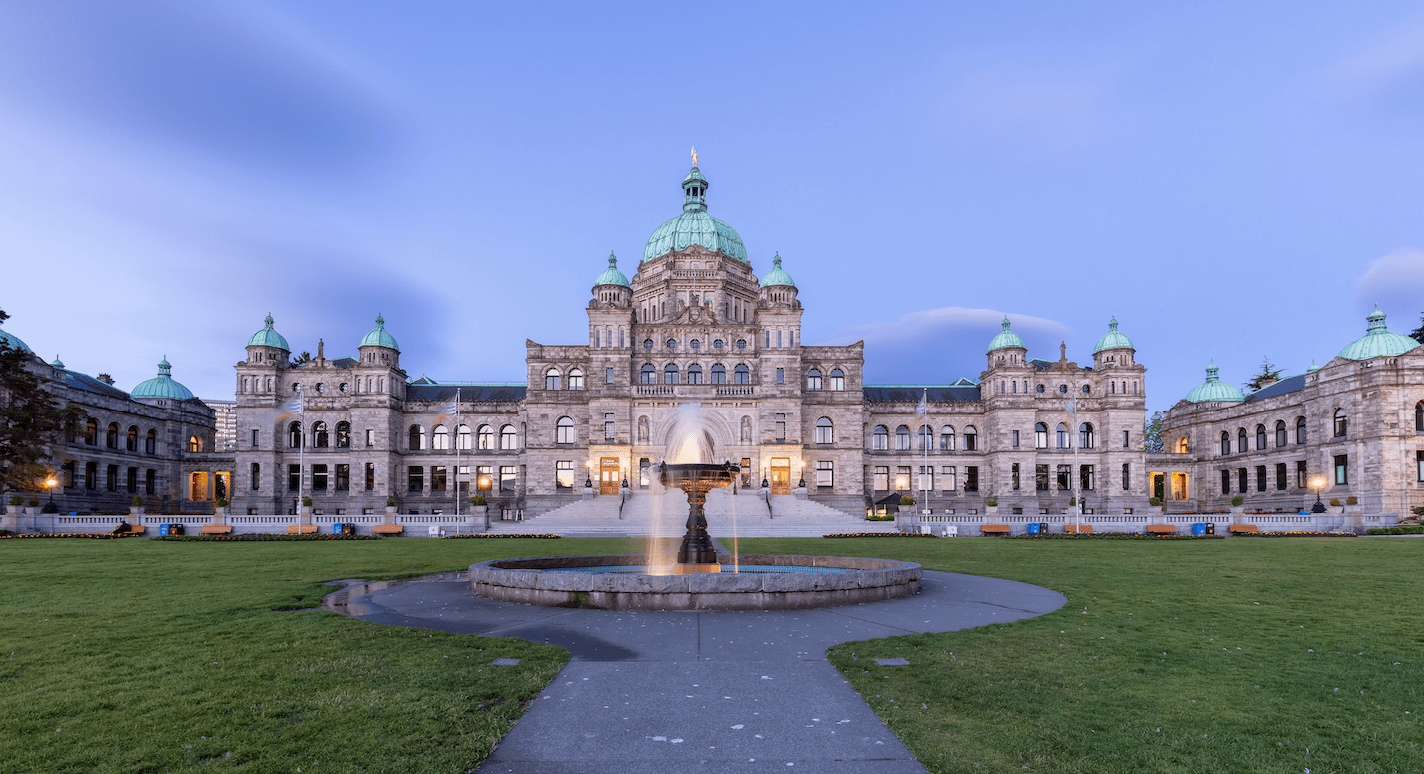
MARK MACDONALD
BRITISH COLUMBIA – It was more than ironic to hear BC Housing Minister David Eby suggest the province may withhold funding to municipalities that are too slow to allow new housing developments to proceed.
Specifically, Eby mentions affordable housing, which is an issue they “own”, since it addresses the NDP party base to some degree. The irony is found in the fact that many NDP municipal governments feature anti-development/growth councilors that fly the party flag. Could this be a curious case of big brother in Victoria cuffing the littler siblings in the suburbs farm teams in city halls across the province?
Why has the cost of housing in Canada, and most notably British Columbia, skyrocketed in recent years? Two causes consistently seem to fail to show on the NDP radar screen, to everyone’s detriment: 1. Increased government taxation and red tape. 2. Scarcity of product.
On the first point, Development Cost Charges, aka another tax on development, various licensing fees, requirements and straightforward delays requiring extra financing costs all add up. These are all reasons why lot and building prices continue to add to the price of residential real estate.
On the second, a lack of any supply means prices will rise. This is one of the most basic tenets of economics. And yet for all the degrees that follow those within NDP think-tanks that concoct government policy, they never seem to grasp this most simple of solutions. Increase supply and prices will go down. Crimp supply, make it less appealing for the private sector to see opportunity to provide said supply, and prices inevitably rise.
Both of these points have contributed greatly to the rise in housing costs. The solution?
Build more housing. How? Slash development permit times – and use Langford’s one week development permit rule as a “can do” example, or starting point. It can be done.
It is no secret that people want to move to BC, and Vancouver Island in particular. That’s one reason why we see bidding wars for real estate. There isn’t enough. So build more. Maybe Eby has finally figured that out.
Build where? A part of the solution could be to expand options within Agricultural Land Reserve designated property. I’ve lost count of discussions with developers and homeowners wanting to build something – anything – on ALR land. If any adjustments are made, it is only after a painstakingly slow process, hurdling numerous bureaucratic barricades.
Ideologically speaking, there is some understandable rationale for this mother of all NDP-created policies – protect farmland. However, anyone who pays attention realizes that much of what is classified as ALR or fit for farming is anything but that. Often, open pastures with some form of greenery shield a bedrock of hard pan with no discernable plantable, or redeemable soil. The only thing that could possibly grow on such land is weeds and moss, so why not build on it?
The NDP would do a great justice to let outsiders – including developers – to re-adjust ALR designations, which would undoubtedly provide more developable land for homes and, yes, affordable housing. Just don’t expect them to touch their sacred cow.
The ALR and ICBC are the crowning glories of NDP doctrinal achievement, badges proudly worn by party members far and wide. ICBC is a massive structural failure and should have been disbanded long ago, ideally in the early days of the first Gordon Campbell BC Liberal government, opening the industry up to the private sector.
Instead, it remains as a monopolistic megalith, protecting government profits and jobs that cry out for competition – which would benefit the insured in terms of rates and injury coverage. The NDP solution? Tweak it minorly and introduce no fault insurance.
British Columbians would be better served if the entire automotive insurance industry went private, allowing a free market to let consumers decide their insurance needs. But that would mean the NDP would have to admit ICBC, created in Dave Barrett’s term, is a failure.
Several years ago I attended a financial seminar for journalists that asked a simple question: Which was the first political party to introduce fiscal restraint programs in Canada?
Almost everyone answered the predictable: Conservatives. The answer? To the surprise of nearly everyone was an NDP government in Saskatchewan, headed by Premier Roy Romanow, in the early 1990’s. A lack of cash and heavy debt-loads meant the NDP, of all parties, HAD to introduce program cuts, close hospitals, and even private some government operations.
That must have been a tough nut to swallow, since it went against the NDP’s core big-government ideals. The marketplace – meaning those lending money to the then beleaguered province, forced them to move more to the centre and sensibility.
So here we are today, the NDP being forced to abandon its anti-development ideals to suggest that private sector development is the way to provide more product for people to live in. More housing supply to meet increasing demand, thereby reducing prices.
It is a breath of fresh air, although this real-life headlock must be accompanied by a cough or two at NDP headquarters. It’s not quite a tap-out, but one can hope it is a start.
Mark MacDonald is President of Communication Ink Media & Public Relations Ltd. and can be reached at mark@communicationink.ca

